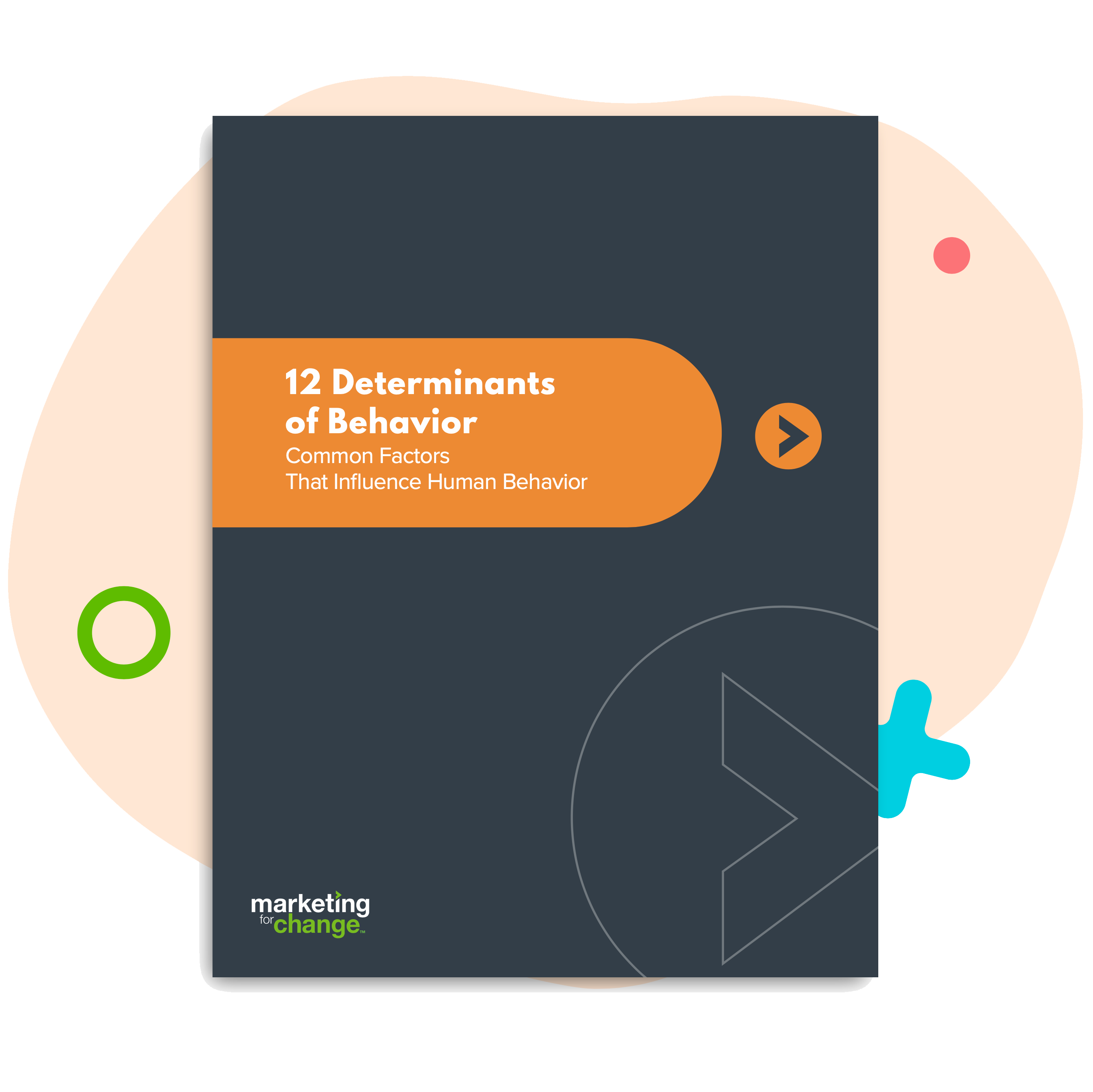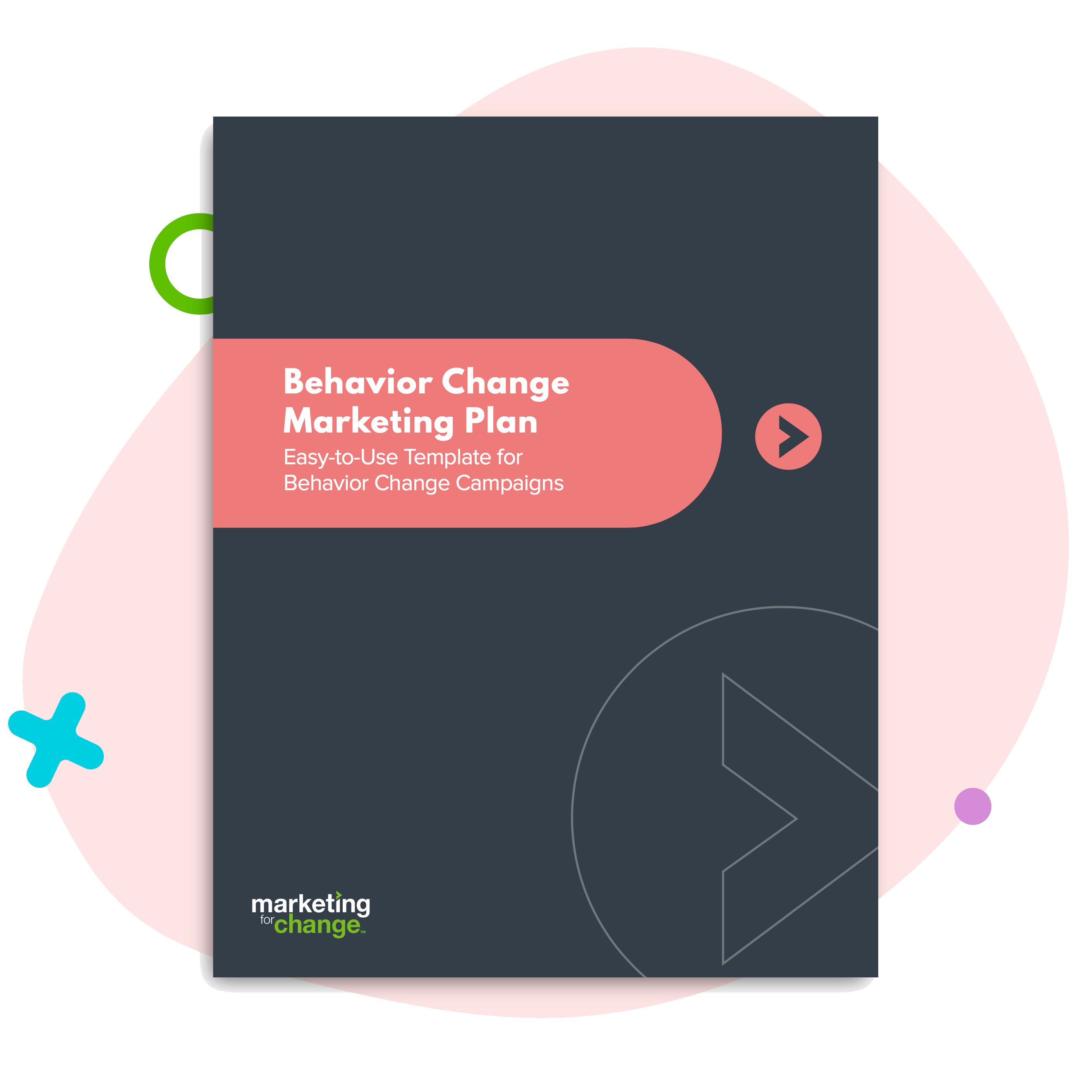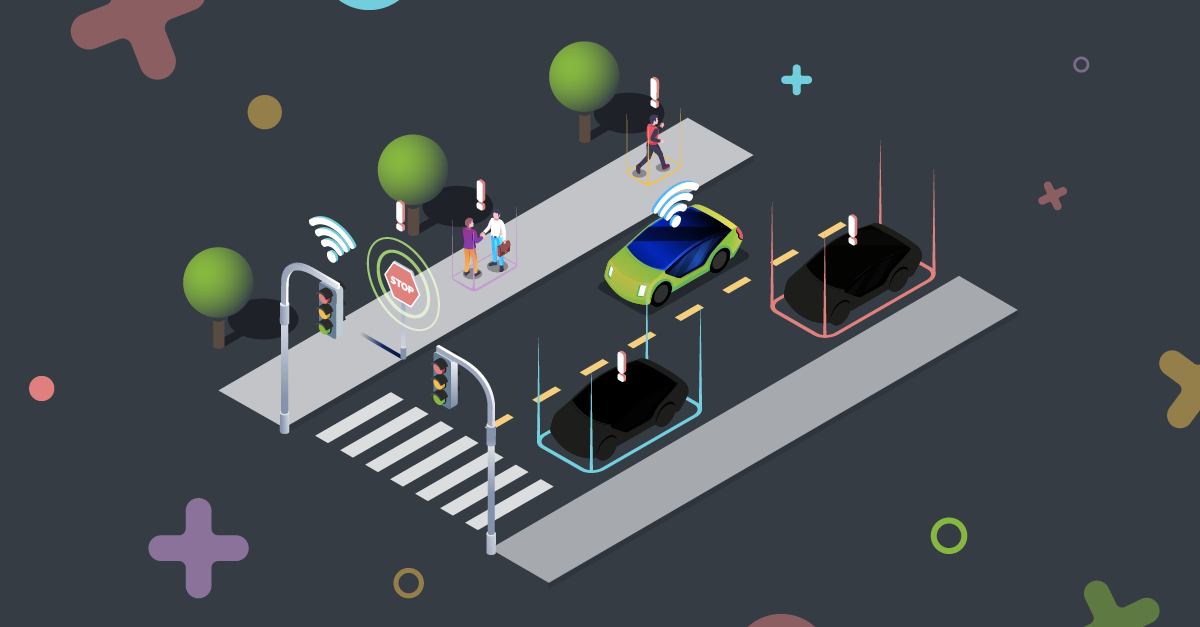
Why You Should Future-Proof Your Traffic Safety Program Now
If you work in traffic safety, the clock is ticking to get your program or organization ready for autonomous vehicles (AV). Self-driving cars aren’t coming someday soon – they are already on the roads today. The shift to AV technology is happening faster than most people know.
According to The Bloomberg Aspen Initiative of Cities and Autonomous Vehicles, 26 cities across the U.S. are currently or soon will be hosting autonomous vehicle pilots, including Waymo self-driving minivans available to residents in the Phoenix metropolitan area; Ford’s self-driving Fusions delivering Domino’s pizzas across Miami; driverless truck fleets doing long-haul deliveries between El Paso, Texas, and Southern California; and autonomous shuttles on the roads across California’s Bay Area, Las Vegas, Detroit, and Texas.
Consider just some of the groups rushing to adapt to this autonomous vehicle (AV) technology:
- Urban planners are building smart city plans that consider needs for vehicle-to-vehicle, vehicle-to-infrastructure and vehicle-to-pedestrians interactions
- Local governments are reimagining the use of and reliable revenue from parking infrastructure
- Insurers are exploring changes to ownership structures given predictions that AVs will more likely be hailed vs. owned
- Kroger, America’s largest supermarket chain with stores in 35 states, recently announced a fully driverless delivery service to pilot cities across the U.S. this fall 2018
- Universities and corporate campuses are looking to AVs to address their parking congestion
- People with disabilities, who cite transportation as a key barrier to employment, will have new opportunities with increased mobility
Those of us who work in traffic safety urgently need to join the fray.
Over the past year, I have worked with Safe Kids Worldwide to facilitate a Blue Ribbon Panel of national experts to consider the safety implications of rapidly evolving AV technology. This week, the panel published a report highlighting how child safety has been ignored in the rush to pilot new technologies, and calling the safety community’s attention to the unique needs of children in AVs.
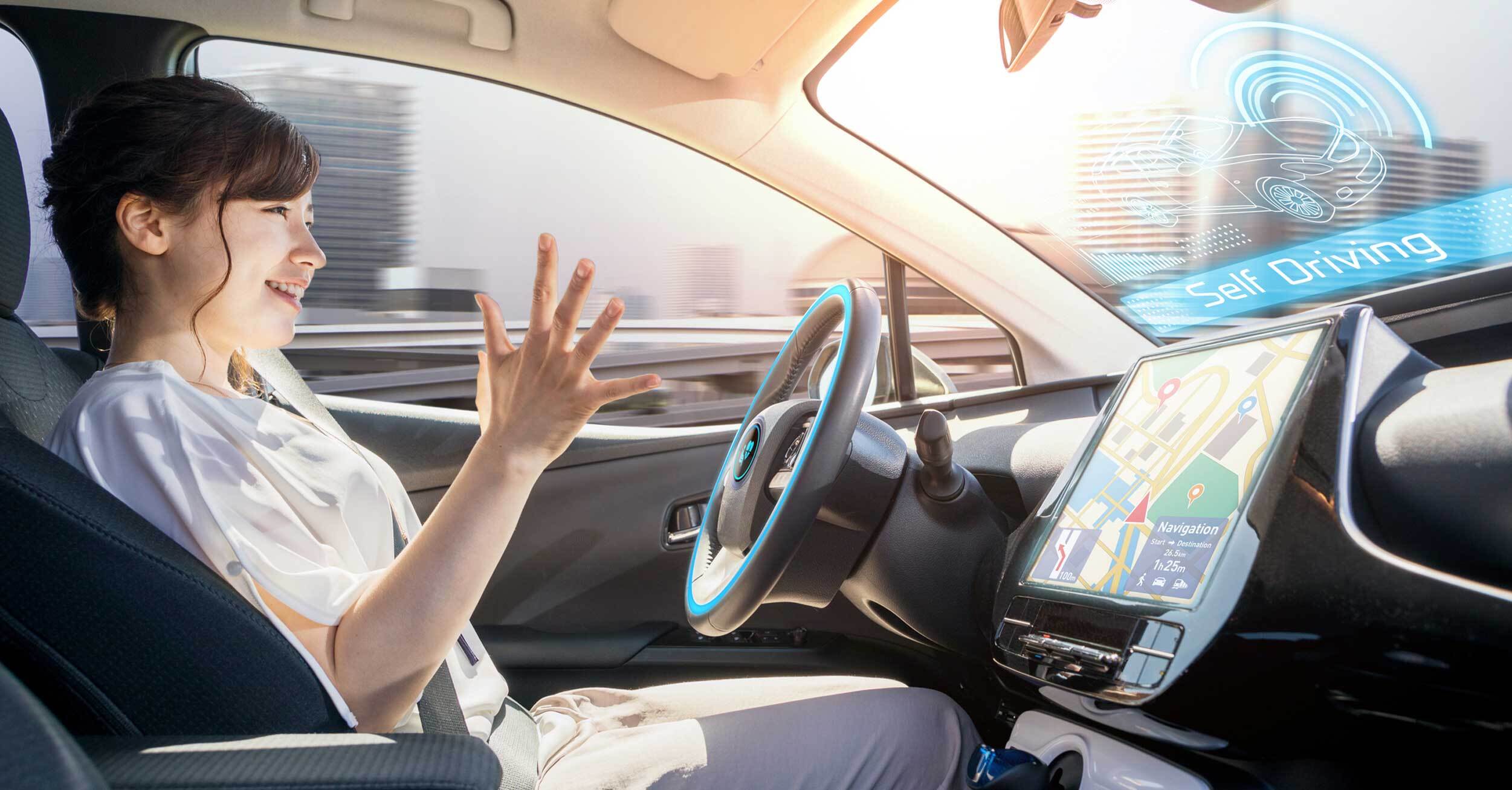
Four Key Ways AVs Affect Human Behavior
Language Shapes the Way We Think.
As companies race to market new AV technologies, their marketing teams may not have safety as a top priority. Consider the implications of offering new features such as autopilot, autopark or autosteer for a car that is not yet fully autonomous and requires human interaction. As consumers try to navigate this murky transition toward autonomy, safety advocates should stay attuned to the new marketing language and anticipate how it will impact behavior. For example, despite Tesla’s many warnings explaining the limitations of their Autopilot feature being not fully autonomous, recent Tesla crashes while drivers were behind the wheel of the vehicles in autopilot mode highlight that drivers are over-relying on the system.
Mental Shortcuts.
Decision-making is influenced by what’s easy to process. Today, drivers and pedestrians often use eye contact and hand signals to cue their intentions. While AV developers are testing various communications such as scrolling messages and flashing lights, humans will need guidance for how to quickly and accurately communicate with autonomous vehicles. Studies show pedestrians rely on heuristics (mental shortcuts) that have worked in the past, such as the expected slowing of a car. The question of how pedestrians and AVs will interact is being asked across developer and research communities.
Shifting Social Norms.
The transition to fully self-driving vehicles will take years. Many of today’s vehicles offer advanced driver-assistance systems such as lane departure warning systems, automatic lane centering, and driver drowsiness detection.
After years of progress changing social norms to encourage near universal use of seat belts and child restraints and a marked decrease in impaired driving, consider ways new technologies might quickly push safety norms in the wrong direction.
- Will drivers of vehicles with lane assist systems feel more comfortable having one or two more drinks at the bar before driving home? After all, their car will alert them if they’re swerving.
- Might passengers feel so safe they ignore seat belt use laws?
- If parents believe a vehicle is on autopilot, will they be more willing to comfort crying children by removing them from child restraints?
- Will parents feel comfortable sending kids alone in AVs to school or a friend’s house?
- If pedestrians think that AVs will stop for them, will they be less likely to use crosswalks?
Trust.
Most AV consumer articles are focused on consumer confidence, mainly just how slowly consumers are coming around to the idea. That’s to be expected with new technologies, especially those that dominate the news with fatalities and threats to the future workforce. A more important focus for safety programs is to consider how
human confidence and trust will be affected by how AVs behave.
Five Ways to Future Proof Your Safety Program
You might be wondering why you should adjust your safety program when self-driving vehicles aren’t available for consumer purchase. But consider this: how might your organization respond if an AV in your community caused a fatality? Safety groups in Tempe, AZ, faced that reality in March 2018 when an autonomous car operated by Uber as part of a pilot program struck and killed a pedestrian. Here are five steps you can take now to help your organization or program get ready for AV technology:
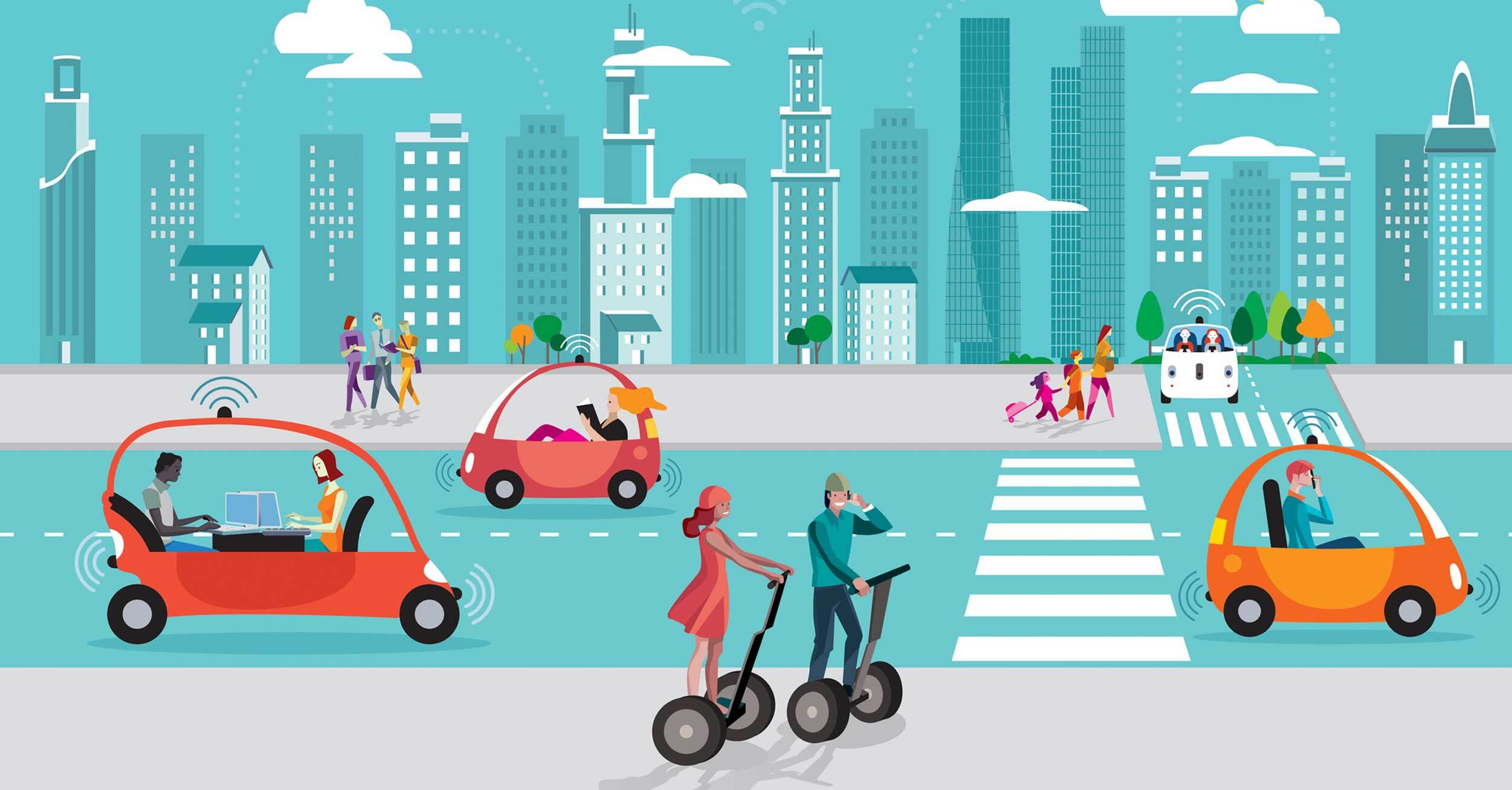
#1: Give people a reason to pay attention
Stay up-to-date with autonomous testing in your community. Legislation is changing rapidly. Cities are eager to invite developers to pilot. Make sure your constituents are in the know about what’s happening and are ready to ensure safety stays top-of-mind for decision-makers.
#2: Create a strategic plan
When you’re engaged in annual planning or budgeting, consider what research or strategic planning might be needed to help you adapt your programs.
#3: Anticipate policy changes
If your program or organization advocates for improved laws, follow updates from the Uniform Law Commission for model legislation and best practices. With the rapid pace of AV development, the ULC’s policy work is ongoing and will help guide the safety community through this initial transition stage as AVs will undoubtedly require changes to a wide range of laws.
#4: Consider a call to action
If safety considerations for cyclists, pedestrians, older adults or other key groups are being ignored in your community, strategize how your organization can raise your voice. Follow Safe Kids Worldwide’s lead and draw attention to the issue.
#5: Develop consumer education
What do your members or constituents need to know now? Safety agencies and national organizations are just now beginning to develop education and outreach. You can be at the forefront in providing simple tips, especially if you are in one of the 26 cities currently hosting or planning AV pilots.
The future is here. It is imperative that traffic safety advocates catch up as quickly as we can.

Christene Jennings is the Principal and CEO at Marketing for Change.





